New system for more efficient CO2 electrolysis to hydrocarbon products
Green Car Congress
FEBRUARY 15, 2020
A team of researchers from Canada and the US has developed a system that quickly and efficiently converts carbon dioxide into simple chemicals via CO 2 electrolysis. The electrode architecture enables production of two-carbon products such as ethylene and ethanol at current densities just over an ampere per square centimeter.

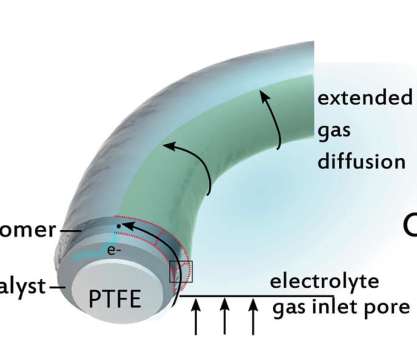


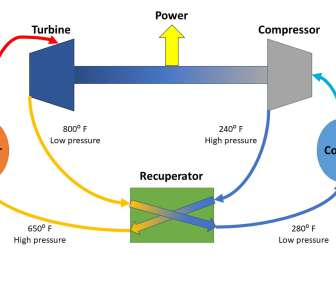

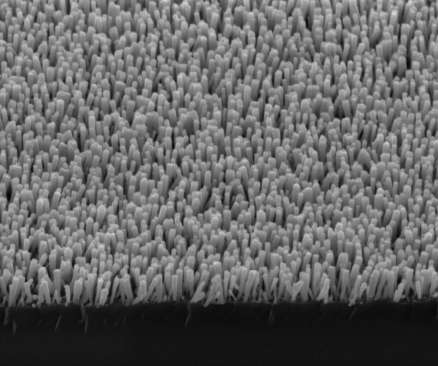

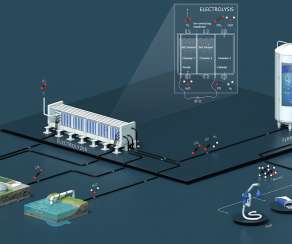

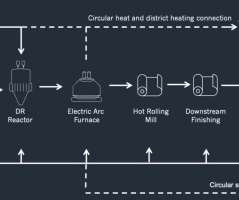



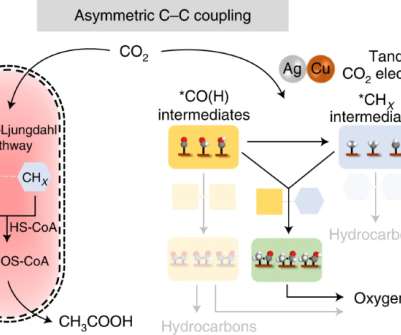


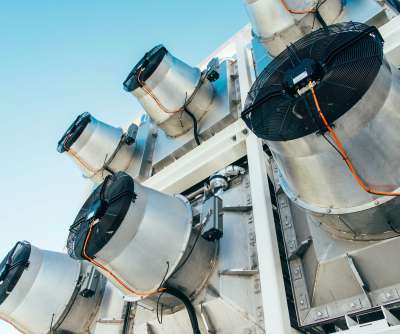


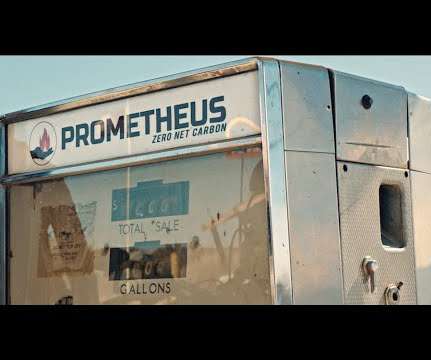
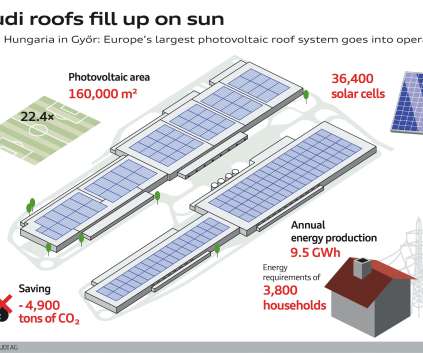

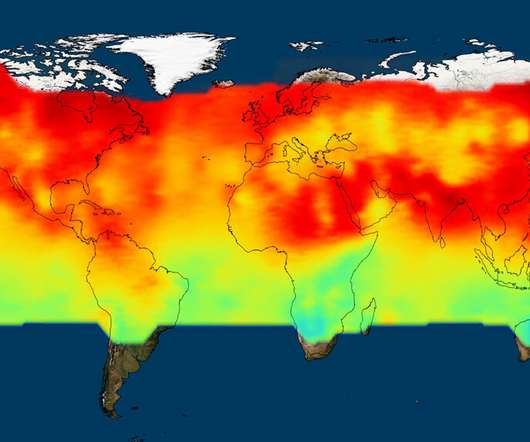



















Let's personalize your content